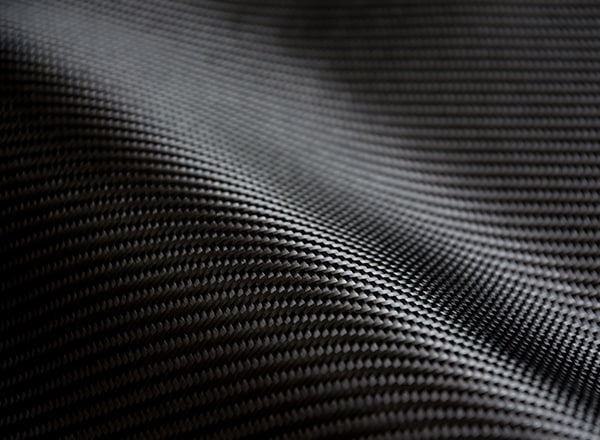Repairing Landscaping Walls
Carbon fiber reinforced polymer, or CFRP, is a lightweight and incredibly strong material that has a wide variety of uses in both residential and commercial environments. From repairing cracked basement walls and foundations to reinforcing and strengthening them, CFRP is one of the most versatile and durable materials used in construction. For projects both big and small, carbon fiber repairs have proven to be an efficient and long-lasting solution for repairing, strengthening, and supporting a variety of structures, including landscaping walls.
Though crucial to maintaining the aesthetic and functionality of many landscaped environments, damage to landscaping walls is often overlooked. Luckily, CFRP is a versatile material that can not only repair damaged landscaping walls but also ensure their durability and longevity for decades to come.
Homes, resorts, gardens, golf courses, and other natural areas depend on landscaping walls to preserve the health and beauty of their lawns, shrubs, trees, and other greenery. When these supportive walls fail, they can become an eyesore and detract from the aesthetic value of the area, and may even cause permanent harm to the foliage. Some repair substances may provide temporary fixes, but you need permanent solutions. CFRP is versatile enough to be used in a wide variety of applications, adding durable and long-lasting support to foundations, basement walls, and even landscaping walls.
Carbon fiber repairs have numerous benefits, including halting the progression of structural defects and even preventing future damage from occurring. It’s most frequently used to repair cracks in concrete, especially in basement foundations, as well as providing lasting structural support to concrete basement walls. CFRP is intended for use in vertical surfaces, and is not recommended for flat concrete surfaces such as driveways.
If you would like to learn more about how carbon fiber can be used to repair or strengthen your landscaping walls, or if you have questions about its many applications, reach out to Carbon Fiber Support today.

